Affiliate links on Android Authority may earn us a commission. Learn more.
Are modules the way forward or a flash in the pan?
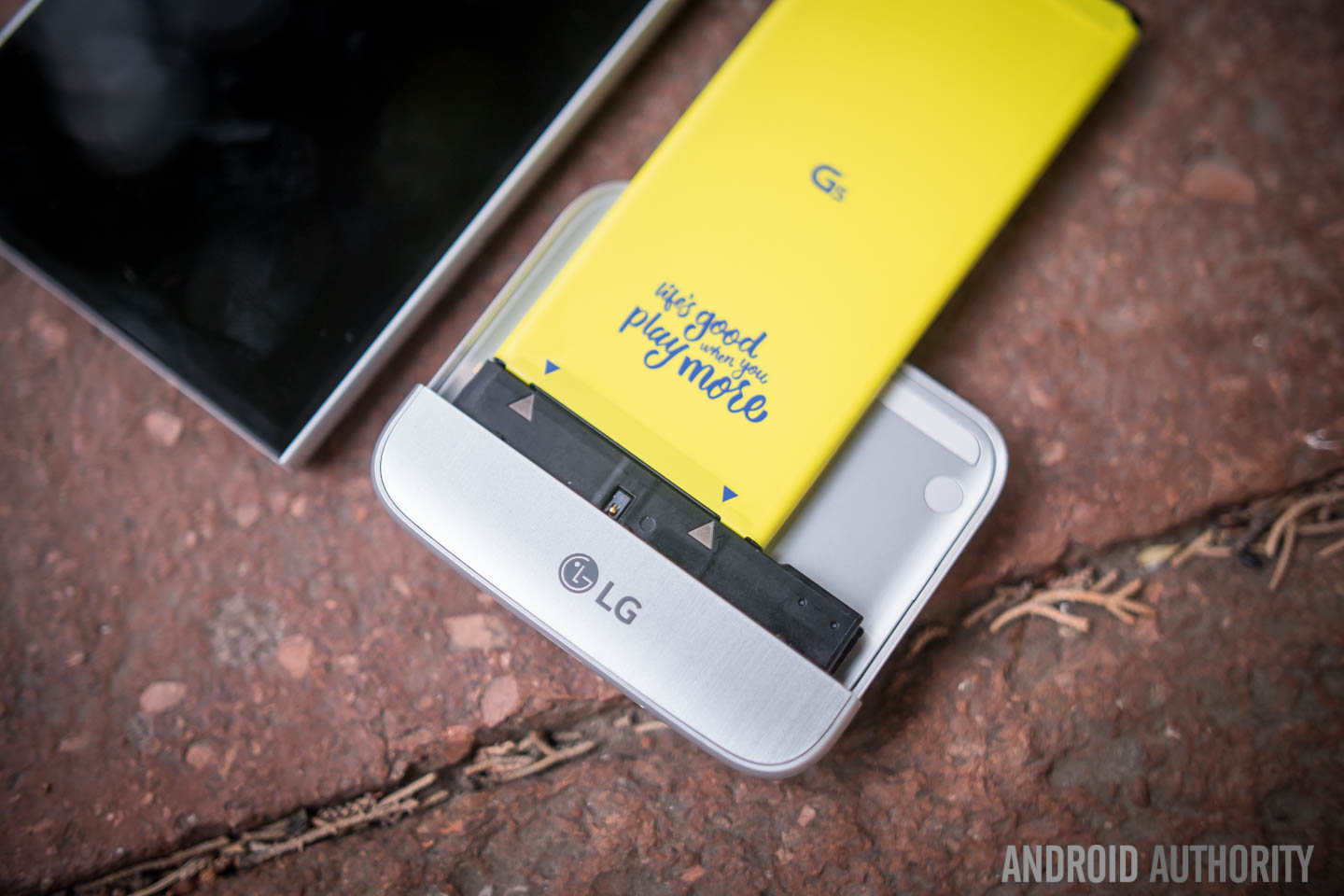
The biggest mobile curve ball of recent memory has got to be LG’s introduction of modular design in the LG G5. Being able to pop out the bottom of the device and slide a range of modules in to expand functionality is actually not a new idea, having appeared on electronic devices in various forms for more than 15 years. But with a history that long and a general lack of them in the world today, are modules really the way forward or a failed remnant of the past?
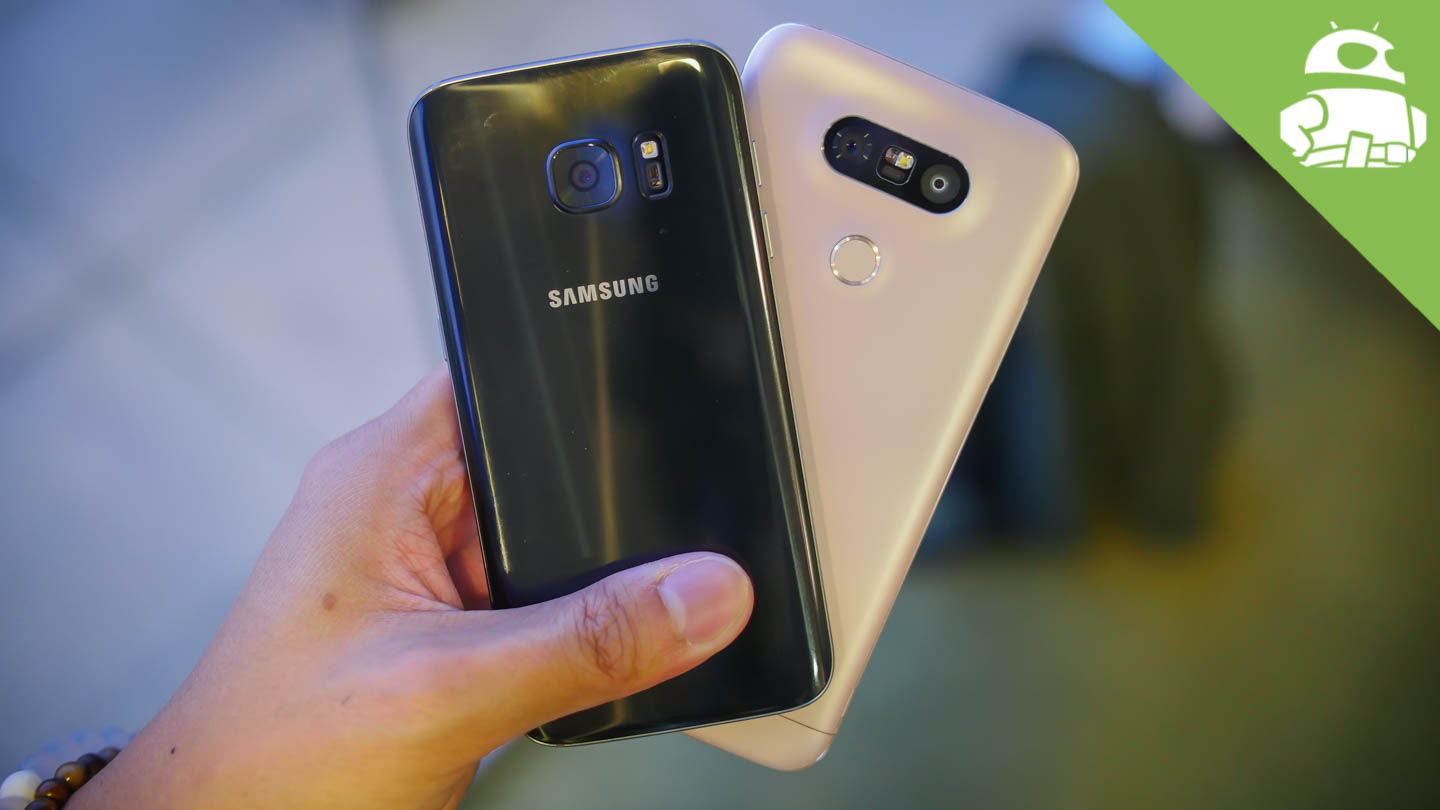
First, the evidence for the negative. As I see it, and I’ve already written about some of my concerns on the LG G5 modules, LG needs the G5 to be a rock-solid 2016 flagship without relying on the expanded capabilities of modular design to make it so. If the G5 is going to compete on even ground with the Galaxy S7, it needs to be able to stand on its own two feet and not rely on a funky accessories package for the win. The S7 has accessories too, but it’s the phone that everyone is judging, not the accessories.
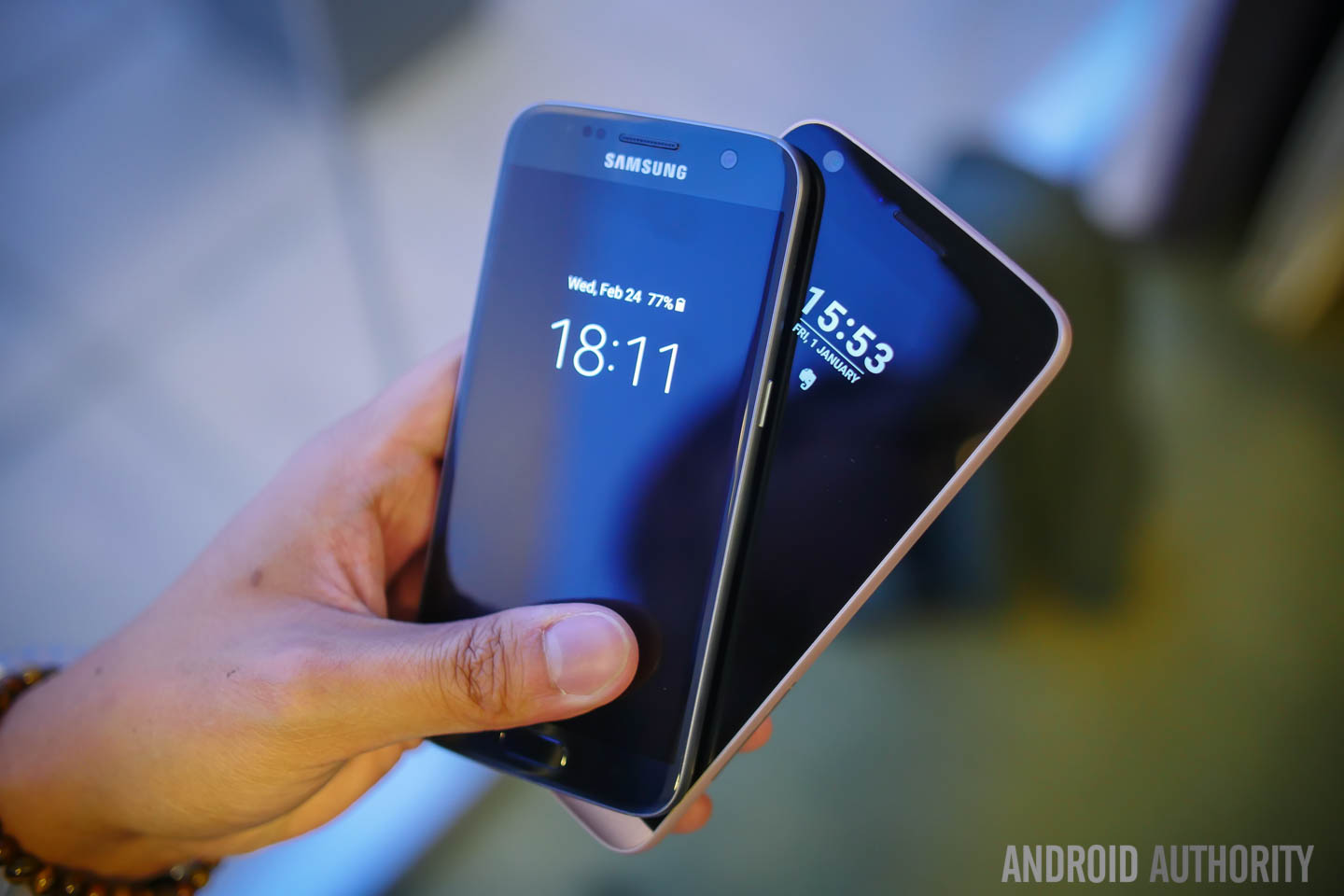
Barriers to modular design
So while it’s fine for the LG Friends to give the G5 an edge, the core smartphone experience needs to be up to par without them. LG is definitely aware of this fact. While speaking to LG’s Dr. Ram Chan Woo recently, he admitted to me that “probably 95% of people will use the phone without having any modules.”
LG admits that “probably 95% of people will use the phone without having any modules.”
If the LG G5 can’t bring its Friends to a fight with the Galaxy S7 and even LG knows that most people won’t use them anyway, then the next big issue is cost. The G5 needs to be competitively priced against any other 2016 flagship that doesn’t have modular design. LG can’t expect 95% of people to pay more for the G5 if they have no intention of using modules.
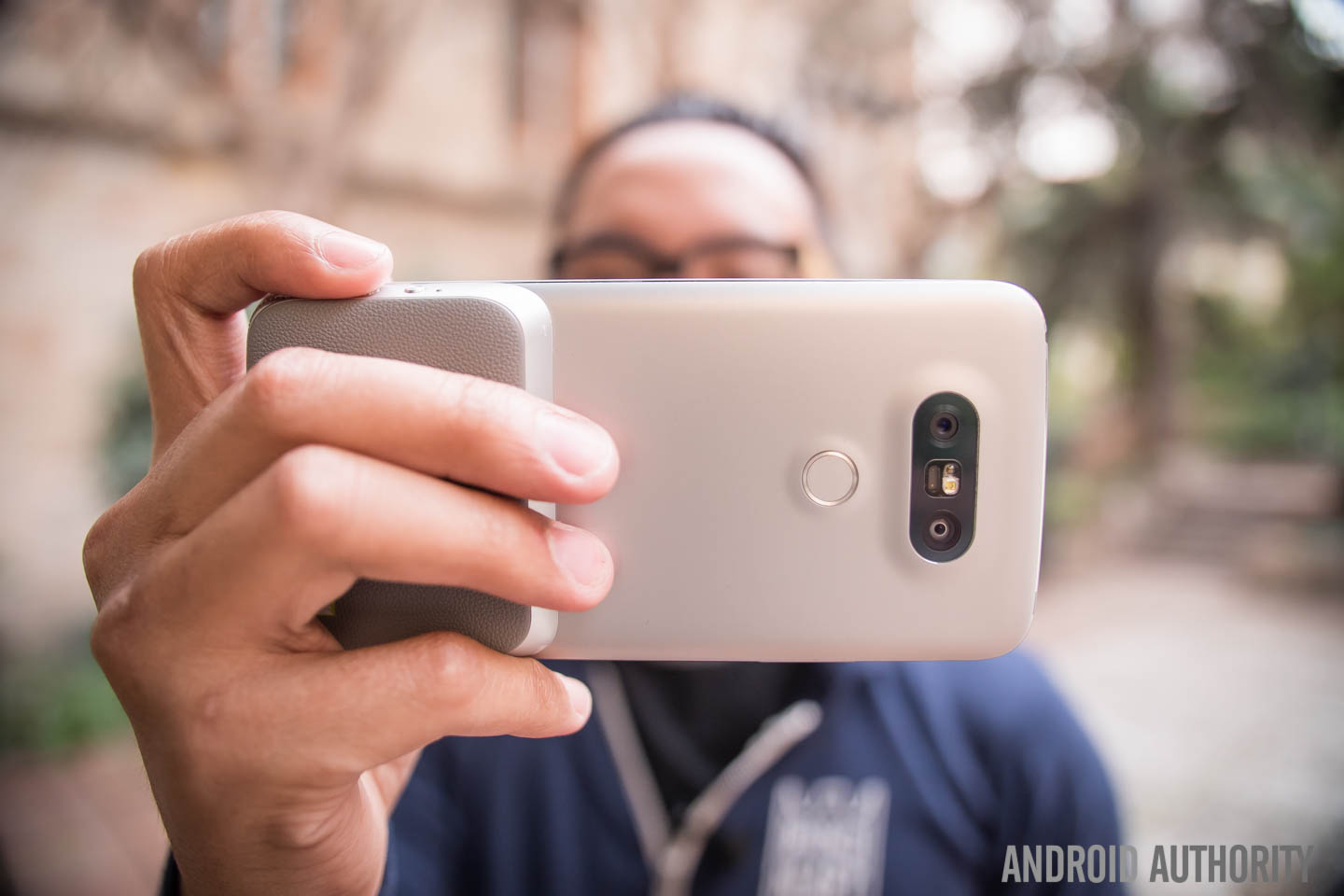
The next big concern is compatibility. Right now the LG G5 is the only device in the world that works with LG Friends (and “Friends of Friends”, as LG has opened up the modular design to third-party manufacturers). It’s unclear just how keen third-party manufacturers will be to jump on board the modular design train before the G5 has proven itself as a desirable device. They will need to see that there’s actually a market for more modules beyond what LG has already made.
What happens when the LG G6 arrives? Will the existing G5 modules fit or will LG refine the idea and have a new system?
And what happens when the LG G6 arrives next year? Will the existing G5 modules fit or will LG refine the idea and have a new system in place? Updating the module mechanism would upset a lot of early adopters for obvious reasons. But if LG maintains compatibility – and it really should – then the LG G6 will be the same width as the G5 and there would be no changes to headphone port or speaker placement in next year’s flagship. While that’s perfectly fine it does kind of back LG into a corner.
Why modular design hasn’t worked so far
These five concerns: standalone experience, adoption rate, price, compatibility and future-proofing should also be seen in the light of past experience. Several other devices in the past have used additional modules to expand functionality. So why didn’t they catch on? Smartphones today are surely more well-equipped to provide a solid experience – camera, gaming, battery life, storage etc – without the need for modules than some of those late 90’s modular gadgets were.
Could it be that modules as a concept are just not compatible with the rate of technological progress? Perhaps their additional cost is simply too high a barrier to overcome on the path to widespread adoption? Or the perceived complexity of modular design is just too daunting for the average consumer. Or there simply won’t be enough third-party support to make the range of accessories genuinely enticing. There might just be too many what-ifs, buts and maybes for LG’s Friends to make enough friends in the real world.
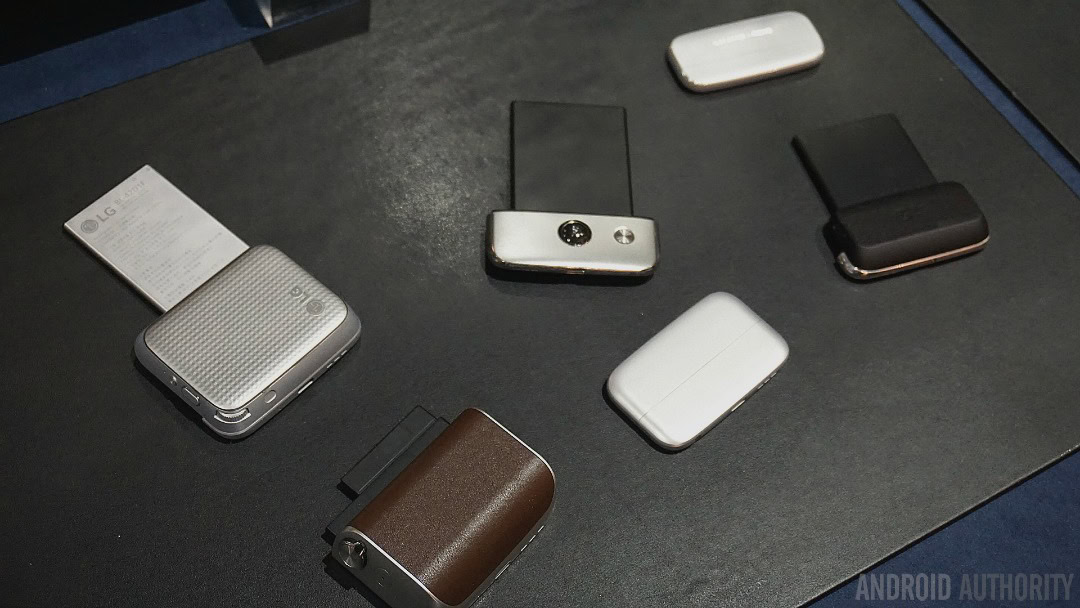
Why modules might work this time
But let’s move on to the evidence in the affirmative. In recent years LG has demonstrated it appreciates that standing out from the crowd is more important than actually being better. As most flagships become increasingly similar internally, the smartphone game has gradually shifted toward external flourishes like the rear-key setup, premium materials, quirky designs and increased customization.
Within this trajectory, the modular nature of the LG G5 is truly revolutionary. It not only looks different, it is radically different from anything else before it, and potentially opens up a whole new world of accessories, peripherals and enhancements for a device, without requiring an expensive upgrade. LG Friends take a smartphone and add the potential for enthusiasts of many kinds – photographers, audiophiles and battery freaks – to value-add to their investment.
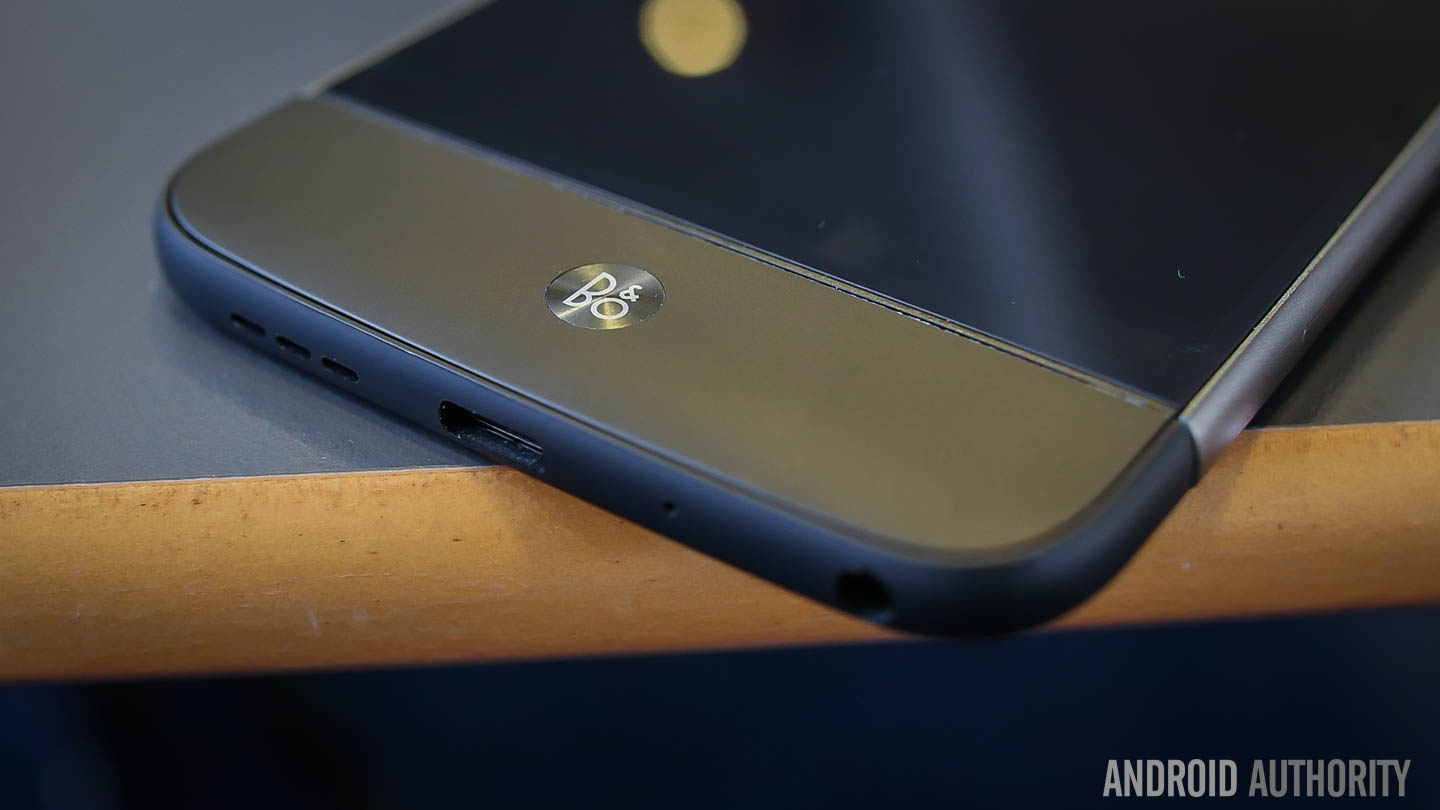
I’ve long held the view that the future of smartphones will see them become less of an interface device and more of a portable battery and processing pack for a wide range of peripherals and accessories: action cams, wearables, smart clothing, wireless headphones and so on.
We’ll have smart glasses and smartwatches for receiving information, Bluetooth headphones, fitness trackers and sensors placed in strategic locations and everything will be powered by a highly portable battery and CPU pack we carry in a pocket or backpack but never need to take out. In case you missed the obvious insinuation, that is the future we are already living in.
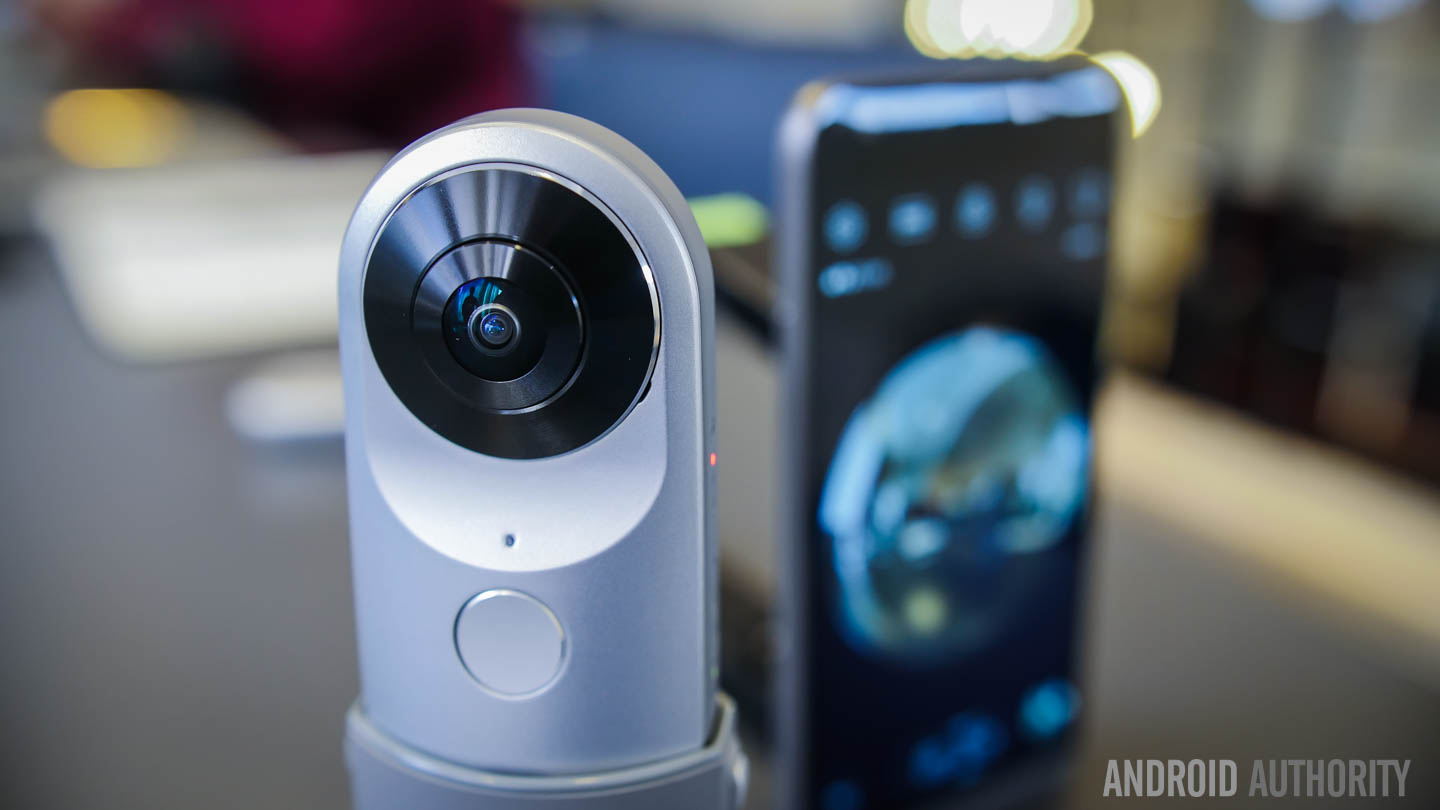
Flashback or forward thinking?
The LG G5 simply takes that logic to the next step. Modular design takes the screen, SoC and camera of the core mobile “hub” and grants it superpowers. Need more fine-grained control over your camera? Sure. Want a huge battery pack? No problem. Want better audio quality? Done. How about tethering a VR headset or controlling a robot? The LG G5 has that covered too.
Modular design could also be used to expand the processing and graphical potential of a smartphone... to put a laptop-strength smartphone in your pocket.
It doesn’t take a genius to recognize that the modular design concept could also be used to expand the processing and graphical potential of a smartphone too. Why not create a module with an additional high-end SoC for VR and gaming that can be added onto the G5? Maybe throw in some additional RAM as well and you suddenly have a laptop-strength smartphone in your pocket.
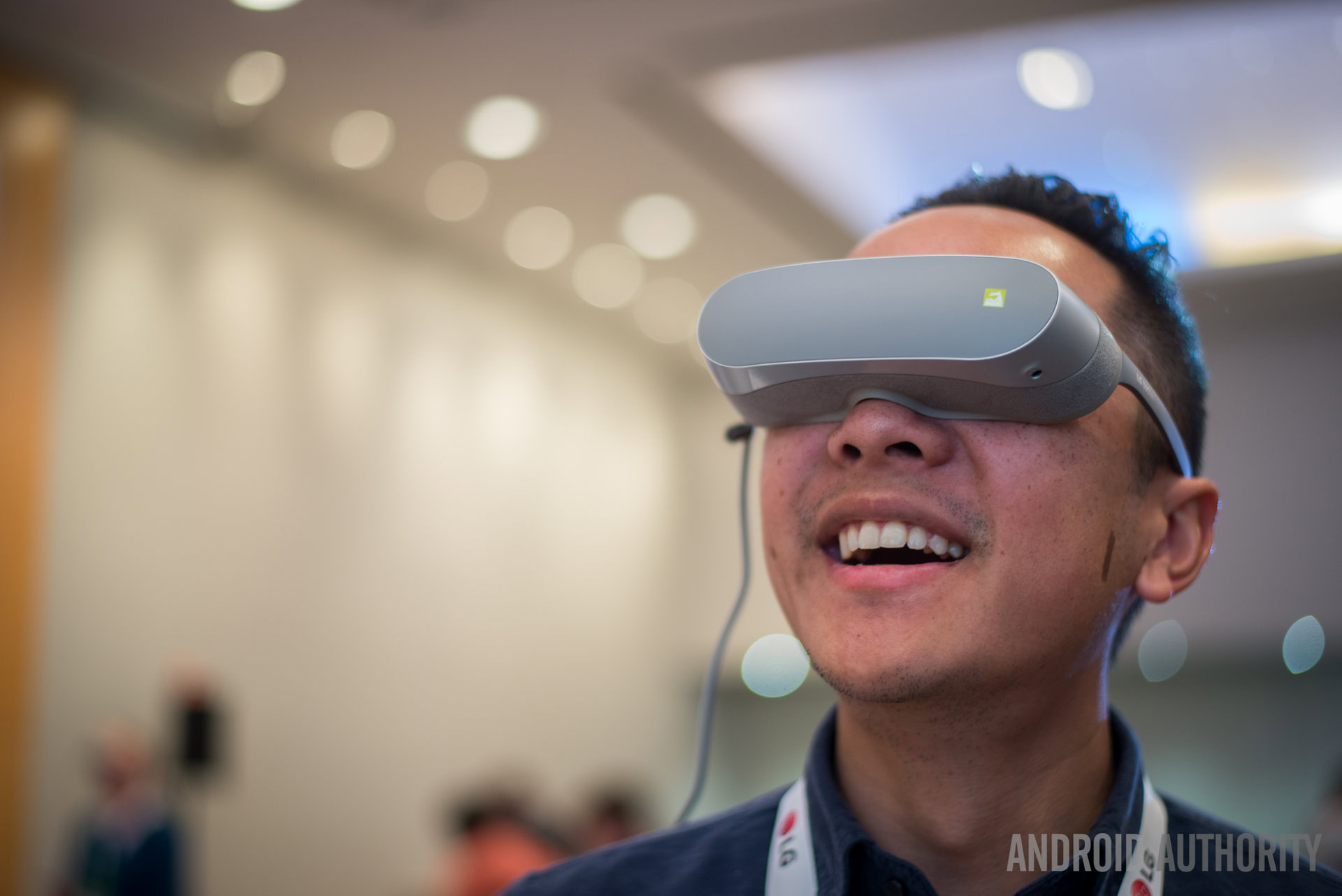
Popularity contest
The biggest issue I see between the LG G5’s modular design catching on and fizzling out comes down to time. The idea needs to catch on relatively quickly if it is to survive, within a couple of years. Unfortunately, LG doesn’t command the kind of attention or follower mentality that Apple or Samsung does. Because of this it’s easy to see the module idea fizzling out if the G5 turns out to be a flop. Samsung or Apple, on the other hand, could drag an unpopular idea along for years until it finally caught on.
The best chance LG has of making modules work is if the G5 on its own is a popular success that sells well and there’s at least decent demand for modules – both to buy them and to manufacturer them. But again, modules need to be an entirely optional extra if they are to seep into the popular consciousness. It’s unlikely they will be an overnight success, so LG can’t afford to make them the defining reason to buy the G5 or any subsequent Friends-compatible phone.
A modular standard
In the best case scenario, we get through a couple of generations of modular design and Samsung decides to pick up the idea. If this happens then LG would be wise to try to formulate a universal standard that would allow it to be the founding partner in a wider market than to attempt to corner the market for itself. I’m sorry to say, but LG is unlikely to be able to create its own accessories market like Apple has done.
If modular design gets picked up, LG would be wise to try to formulate a universal module standard.
In the worst case scenario, Samsung comes up with its own proprietary module design and drowns out LG with a superior marketing budget. I’m not sure just how good LG’s patents on the whole modular design thing are, but considering the idea has been around for a while they can’t be so completely water-tight that they preclude any kind of imitation at all.
Whether we see modular design creeping into other LG phones like the high-end V series or LG’s mid-range phones will entirely depend on the popularity of the idea in the G5. We know LG is committed to the idea – with three years of design work going into the first batch of LG Friends – and LG certainly isn’t alone in thinking modules are the way forward.
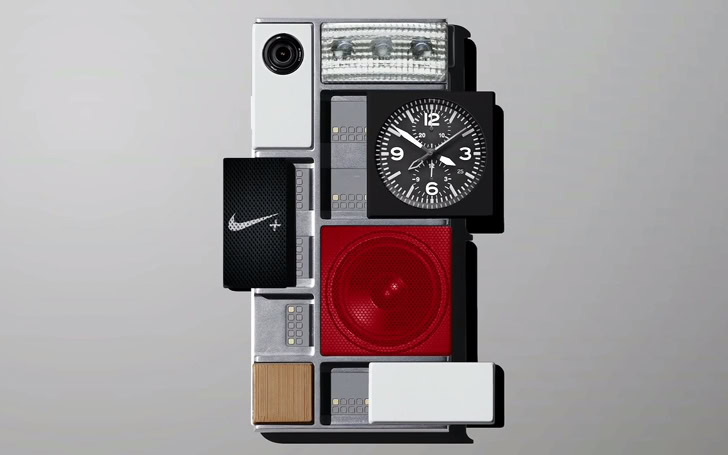
The modular revolution
PC owners have been expanding core capabilities with user-switchable components for decades. Project Ara takes the modular smartphone concept to an extreme and the rise of smartphone peripherals like drones and action cameras show that “expanded capabilities” are not just limited to what the phone can do, but also to what the phone can be used to control.
Rather than simply customize your phone's software with apps, modules allow you to customize the hardware as well.
Dr. Woo told me that LG’s original vision for modular design was to break with a Jobsian smartphone understanding. That it was a way to break free of the now-familiar smartphone experience of interacting with apps on a touchscreen, that rather than simply customize your phone’s software with apps, modules allow you to customize the hardware as well.
It’s an ambitious goal and one that just might work. It is certainly in line with where the smartphone industry is going generally – towards a more accessorized and customizable experience with the phone becoming increasingly peripheral – but it faces significant barriers in terms of adoption rate, compatibility and perceived complexity. Whether LG has the legs to go the distance is impossible to say, but if LG is to win, or even have a chance of placing, modular design can’t remain a one-man race.
Do you think modular design will flourish? Where do you see smartphone design going?